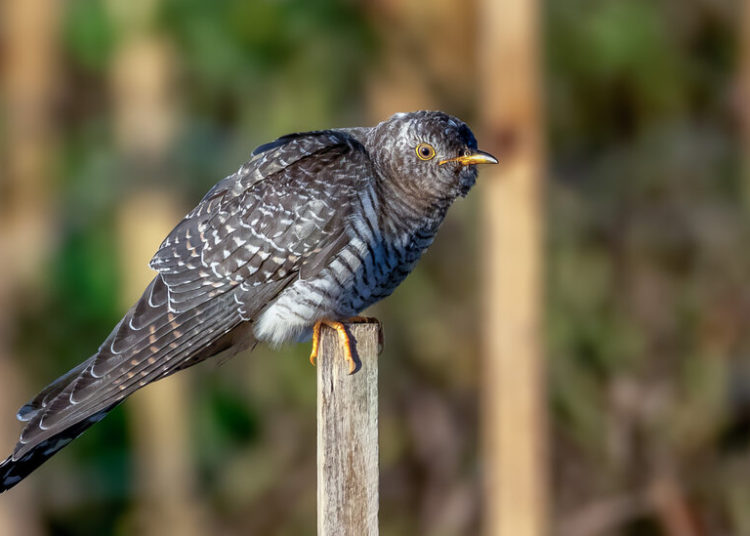Your average backyard spider may owe its creepy life to an ancient marine critter that looked like a trilobite.
Mollisonia symmetrica was a 500-million-year-old arthropod that scientists now think could be the original arachnid, setting the stage for countless creepy-crawly spiders to come. Or, at least, from the neck up, that is.
In a new study published in Current Biology, detailed by Science Alert, researchers from the University of Arizona, Lycoming College, and King’s College London re-examined a fossilized Mollisonia. They discovered a brain that looks an awful lot like the kind you’d find in a modern-day spider.
Its brain structure looked an awful lot like a flipped and rewired arachnid brain more than it did a horseshoe crab brain, which is what the Mollisonia had been previously grouped with.
For as much as we know about arachnids, we don’t really know where they came from. The prevailing theory is that arachnids, such as spiders, scorpions, mites, and ticks, evolved on land from a common land-based ancestor. This discovery suggests that arachnid evolution may have originated in the ocean, long before their first known land appearance 430 million years ago.
This Ancient Sea Bug May Have Been the Blueprint for Every Spider Ever
According to neuroscientist Nicholas Strausfeld, arachnid brains are unlike any other in the animal kingdom. And Mollisonia’s fossilized neural map shows early versions of the same brain regions we see in today’s eight-legged freaks (have I made it obvious enough that I really dislike spiders?).
This wasn’t a quirk of evolution, a fluke that appeared one day and stuck all these millions of years. That’s evolution working as intended, stemming from an ancestor that shatters our conception of the common spider.
This bug-eyed sea creature with pincers and a neural control center built for multitasking may have handed down the original arachnid brain blueprint. The neural connections between its brain and limbs could explain why arachnids became such fearsome land predators.
Strausfeld thinks the Mollisonia’s influence extends further beyond spiders. He theorizes that something like a Mollisonia could have shimmied its way onto land and started feeding on insects, thus eventually, over an enormous amount of time, forcing those insects to adapt by learning to fly. T
his forced the Mollisonia to adapt by spinning webs to catch the food that used to be terrestrial but now is airborne. One creature’s evolution forces another creature’s evolution, thus necessitating a secondary evolution if it wants to survive.
Mollisonia might not look much like a spider, but its internal wiring suggests that it may have been a precursor to the phase that would eventually become the thing that made you shriek when you saw it in the top corner of your bathroom.
The post Was This Ancient Sea Bug the Blueprint for Every Spider Ever? appeared first on VICE.




